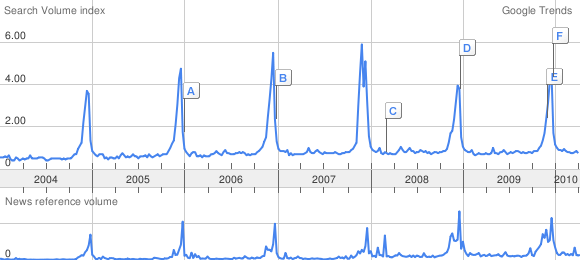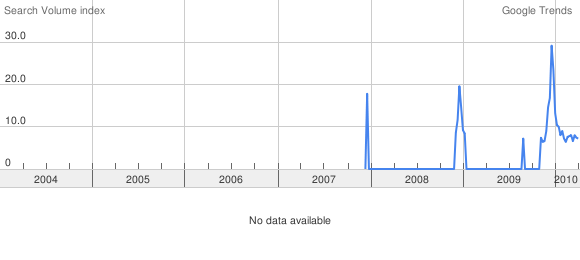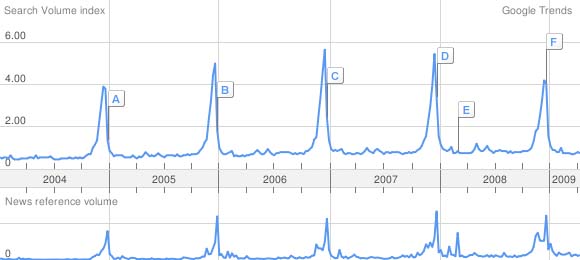First Data released its First Half Gift Card Payments Report, which, not surprisingly reports on gift card sales for the first half of 2010.
At quick-service restaurants, the dollar value of gift cards jumped 14.0 percent and the number of gift cards sold rose 12.4 percent in the first six months of 2010, compared with the same period last year. The average gift card amount at quick-service restaurants increased 1.4 percent to $13.45, First Data found.
Gift card reloads grew significantly at quick-service restaurants, according to the company’s study. The dollar value of reloads rose 47 percent at quick-service concepts, compared with an increase of 25 percent across all merchants.
At casual-dining restaurants, the dollar value of the gift cards sold rose 4.7 percent and the number of gift cards sold increased 6.1 percent. However, the average gift card amount slipped 1.2 percent to $28.54.
The dollar value of all gift cards sold in the first half of the year, including at retailers, increased 4.6 percent, while the number of gift cards sold rose 2.7 percent, First Data found. The average gift card at amount at all merchants increased 1.9 percent to $33.73.
It looks like the gift card industry finally has some good news. Although this is a far cry from the 15% year over year growth the industry saw prior to the recession, it builds on a strong 2009 Holiday season for gift cards.





RSS